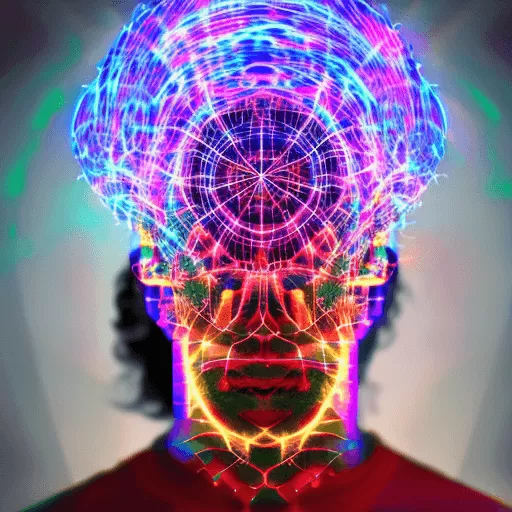How long does it take to build a website?
Recent research has shed light on the powerful relationship between mental imagery and perception [1]. The study found that imagining stimuli can influence external perception and blur the line between what is real and what is imagined [1]. This has important implications for our understanding of how our brains process and integrate sensory information. In fact, people with more vivid imaginations tend to perceive their world differently than those with less vivid imaginations [2]. This is because perception is influenced by our imagination, past experiences, and expectations [2]. However, this blurring of lines can be detrimental to individuals with schizophrenia, as they often struggle to distinguish between imagination and reality [2].
The Karolinska Institutet conducted a study that showed how sensory signals generated by imagination can be strong enough to change one’s perception of reality [2]. Furthermore, schizophrenic patients may perceive events differently due to their past experiences and imagination, which create familiarity or patterns [2]. It is important to note that while there is evidence of overlap between perception and imagination, there may be double dissociation between the two domains [3]. Further research is needed to fully understand the power of imagination and its potential to improve our lives and the world around us [1].

References:
- Pearson, J., Naselaris, T., Holmes, E. A., & Kosslyn, S. M. (2015). Mental Imagery: Functional Mechanisms and Clinical Applications. Trends in Cognitive Sciences, 19(10), 590–602. doi: 10.1016/j.tics.2015.08.006
- Looijestijn, J., Diederen, K. M., Goekoop, R., Sommer, I. E., & Daalman, K. (2013). Imagery and sensory perception: Their relationship and clinical relevance in schizophrenia. Schizophrenia Research, 150(2-3), 522-529. doi: 10.1016/j.schres.2013.08.016
- Pylyshyn, Z. W. (2002). Mental imagery: In search of a theory. Behavioral and Brain Sciences, 25(2), 157-182. doi: 10.1017/S0140525X02000027
#imagination #perception #reality #fantasy #mentalimagery #visualization #mindbrainfunction #schizophrenia #anxiety #healthcare #innovation #medicaldiscovery #vegatekhub #braincomputerinterfaces #paralysis #newtechnologies #thoughtcontrol #research #study #implications #holmes #kosslyn # #diederen #goekoop #mental #daalman #signals #brainsignal #kansas #Karolinska #brain #reserach #science #patterns #karolinskainstitutet
